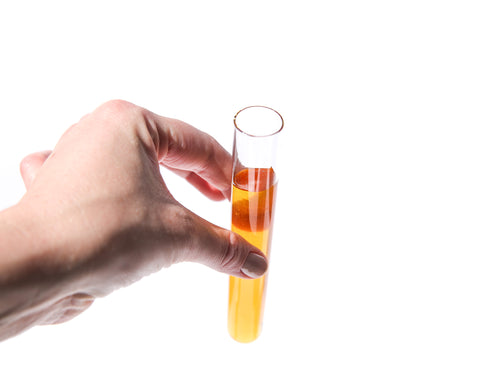For International Women’s Month, our #myQueenBee🐝campaign is centered around honoring all the powerful Queen Bees in our lives... so we figured it’s time to show a little love to the O.G. herself. Let’s take a minute to appreciate just how buzzin’ awesome the queen bee is…
Queens aren’t monarchs.
This may come as a surprise, but the first thing you should know is that the queen bee doesn’t reign like a queen. A bee hive actually functions as a matriarchy—all the worker bees, along with the queen, are females. In fact, the female worker bees actually all make decisions collectively, often without the queen's input. Therefore, the queen bee is more like the ‘mother’ of the matriarchal hive. (She did give birth to every single bee in there, after all.)
Interesting side note: for over 2000 years, queen bees were mistakenly called king bees. Aristotle himself assumed the central bee had to be a king (yeah, it was a way different time). Yet even after scientists noticed queenie laying eggs, the name ‘king bee’ persisted. It wasn’t until 1609, when an entomologist named Charles Butler published The Feminine Monarchy, did people start rightfully referring to them as queens and viewing hives as the impressive female-led societies that they are. (#beefeminists)

The queen has a massively important job.
Okay, so the queen is the mother of every single bee in the hive. But the queen actually only mates on one day in her life—with up to 30 different drone bees. After the mating day, during which she gets filled with around 100 million different sperm cells, she’ll begin her task of propagating the hive. Incredibly, she will lay an average of 1,500 eggs daily throughout her life. (That's about one egg every 45 to 55 seconds!) She is so busy laying eggs that she needs attendants to do everything for her, from grooming to feeding. The queen bee almost never leaves the hive. She is too busy bearing the sole responsibility for making the next generation of bees.
She has a royal diet.
Queens aren’t genetically different from worker bees, and yet she is usually twice the size and lives 40 times longer than the average bee. Why? Because of her special diet. Royal jelly is secreted from special glands in young worker bees and is highly rich in nutrients. While larvae are fed this special stuff, the queen is the only adult bee who gets to eat it—and she is fed it exclusively. Talk about royalty.
The queen bee is pretty special. Our favorite pollinators wouldn't exist without her hard work and dedication. Needless to say, we're pretty thankful for all the queen bees out there.




